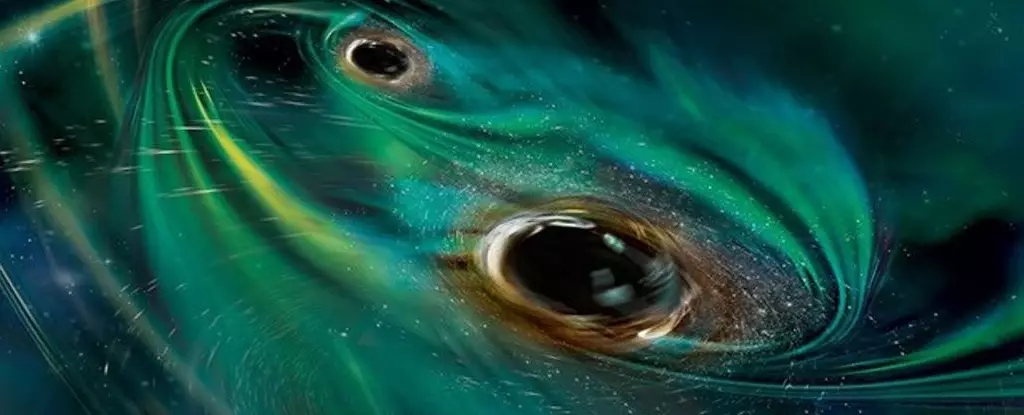In recent years, advances in astronomical technology and methodologies have generated unprecedented insights into the complexities of our universe. One of the most compelling findings emerged from the observation of a celestial event designated AT 2021hdr, which caught the attention of astronomers in March 2021. Initially believed to be a supernova, this event turned out to possess unique characteristics that indicated a deeper, more intricate phenomenon at play. The Automatic Learning for the Rapid Classification of Events (ALeRCE) played a pivotal role in identifying these anomalies, propelling scientists to further investigate the origins of this mysterious burst of light.
In 2022, astronomers continued to observe AT 2021hdr, noting a striking pattern of outbursts occurring roughly every 60 to 90 days. This consistency raised eyebrows, as supernovae are typically one-off events. Despite ruling out the supernova classification, the nature of the phenomena remained elusive. The discovery of a repeating pattern in light intensity led researchers to explore alternative explanations, most notably the concept of a tidal disruption event (TDE). In this scenario, a star drawn too close to a black hole is torn apart, potentially giving rise to detectable bursts of energy. However, traditional TDE models do not generally exhibit consistent oscillations, prompting further investigation into other astronomical theories.
The breakthrough in understanding AT 2021hdr came when researchers proposed an alternative model involving binary black holes—a pair of enormous black holes in close proximity to one another. Utilizing computer simulations, scientists theorized that when an interstellar cloud enters the gravitational domain of these black holes, it does not simply disintegrate. Instead, it undergoes a turbulent feeding process that results in periodic bursts of light as the black holes consume the cloud. Observations made using the Neil Gehrels Swift Observatory corroborated this model, showcasing fluctuations in ultraviolet and X-ray emissions aligning with the transient bursts detected previously.
Analyzing the gathered data revealed that the binary black holes possess a combined mass approximating 40 million solar masses, orbiting each other every 130 days. Intriguingly, if their current trajectories persist, a merger of these supermassive black holes is projected to occur in about 70,000 years. Astonishingly, had the interstellar cloud not traversed their path, these hidden giants would have remained undetected, emphasizing the often-unpredictable nature of astronomical discoveries.
Continued Research and Implications
The research team is not resting on their laurels; they plan to enhance their observational endeavors to refine their models and better understand the interactions between the black holes and their parent galaxy. The inquiry into AT 2021hdr not only sheds light on the nature of these enigmatic outbursts but also opens doors to profound questions regarding the behavior of celestial bodies in extreme environments. As technology continues to advance, the universe holds even more secrets waiting to be unveiled, making the study of phenomena like AT 2021hdr a vital endeavor in contemporary astronomy.


Leave a Reply